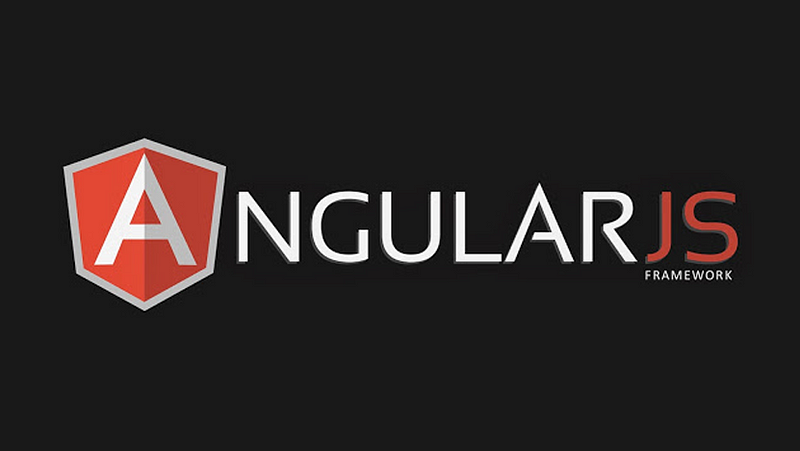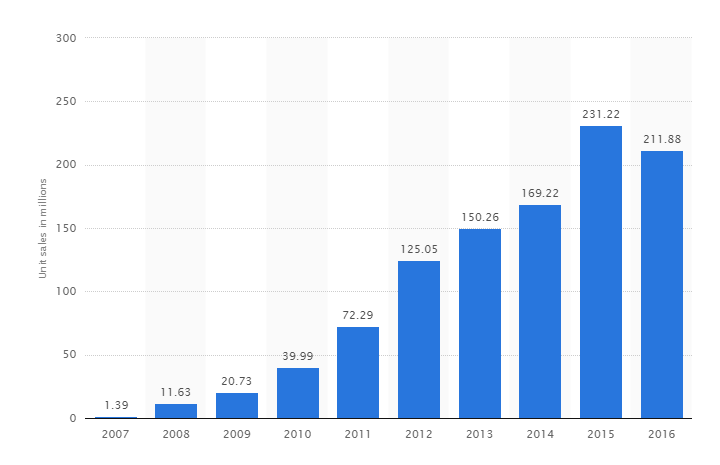There
is nothing to be surprised about the fact that dominance of the mobile
apps has changed the way businesses perform their daily operations.
Number of organizations are looking forward for genuine mobile app
development companies for the increase in the ROI for their business.
Currently, the app development companies are equipped with advanced
frameworks, tools and platforms that helps app developers to develop
powerful mobile apps without any hassles. However, in recent years,
Ionic app development has emerged as a reliable and compatible solution
in hybrid app development. It is a very reliable cross platform app
development tool that renders the business with a authenticated solution
for their mobile app.

Ionic is a front-end SDK built on top of Angular for building cross-platform mobile apps.
Ionic
was launched by Ben Sperry and Max Lynch in 2013 when the mobile web
was not a nice place to be developed for. The main motive was to give
web developers a way to use their skill set to build mobile applications.
Since its invention, its was used by more than 4 million developers
across the globe for more than 2 million hybrid app development. Ionic
avoids the weight of UI and UX adaption costs for every supported
platform by providing the use UI building blocks and animations. You
need to build your app once and can run anywhere.
Today Ionic is the most popular cross-platform development tool for building hybrid mobile apps.
An overall solution to hybrid app development -Ionic 2
Despite
the success, there is still need to improve many things that let to the
development of Ionic 2. The technology developers had large outlook
when they considered the current and the future needs in the market.
With
the introduction of Angular 4 on December 2016, took a complete
different approach for the developers. TypeScript 2.1 was replaced by
TypeScript 1.8, this allows the complete use at that time of hybrid app
development. These updated features make the development easier and more
efficient.
Anyone
who is aware about the Ionic app development, may not face the problem
with Ionic 2. The difference for the usage between the two is tiny, but
the results are worthy. The following points of Ionic 2 makes different
from the previous one.
Why to opt for hybrid app?
Hybrid
App Development is the perfect meld of web and native applications.
With the help of hybrid app approach, developers can write specific
portions of their application in the technologies like HTML, JavaScript
etc. Moreover, this maintains direct access to the native APIs when
needed. Here are the some of the reasons why enterprises need to opt for
hybrid app development:
- It uses multi-platform UI, is consistent and this makes compatible with most of the mobile devices.
- Hybrid apps can be used from smartphones as well as the web, resulting into to mere reach of customers and alike critics.
- The speed of development is rapid. The applications are build like native apps and gives an edge to use from the web-native structures. And so, the speed is easy, fast and are maintenance friendly.
- Hybrid apps supports development in different platforms i.e cross-platform, simply by adding few lines of code.
The
selection for developing hybrid app can also be pushed around by
content and features that requires regular iteration. The web views in
the hybrid app forbids enterprises to stay agile in terms of split
testing, changing and tweaking for constant improvement.
Why Ionic 2 is a solution to adopt for mobile app development
Organization and Structure: With
the development of Ionic 2, you can’t really break out of the best
practices mould, you’re more or less forced into doing things the right
way. The components and pages in your application has its own folder,
with its own class file, template file and style file. This keeps
everything very neat and organised and also makes the features you
create very modular.
Tooling: With
the help of Ionic 2, you can automatically generate pages, tabs,
providers, pipes, directives and components, that set ups all the files
you need. You can jump from the past with the tedious stuff like saving
new files and setting up the basic structure. This actually helps the
beginners, to get aware how the file should look like.
Navigation: Complex navigation
structures are created easily with Ionic 2. It is easy to navigate
between the pages , since it uses the push and pop array concept.
Template Syntax: The template syntax is extremely similar between Ionic 2 and Ionic 1, but the template syntax for Ionic 2 is cleaner and useful.
Javascript: Ionic
1 used to take lot of framework specific terminology and syntax to
learn but with Ionic 2 development, it’s basically just plain old
JavaScript. Anything you develop, is basically standard ES6 code i.e
Typescript, that is not specific to any framework, but JavaScript.
ES6 Syntax: Ionic
2 uses all of ES6 syntax. Since it is not supported by browsers, Ionic 2
transpires your code into valid ES5 code, when the app is build.
Building: At
the time of cross platform app development, all the coding is done in
the app folder, that is completely different from the www folder. When
you run the code, the app folder is compiled and bundled in the single
javascript file that is copied to the www folder and served.
Conclusion:
Ionic
is currently the top choice for hybrid app development and we have made
that choice for the fast mobile app development speed we can achieve
with it. It mainly aims to develop scalable and powerful apps with
maximum ease and convenience, that eventually helps to save amount for
cross platform app development. If you are willing to develop hybrid
apps or want to know more about Ionic app development, get a free quote from our experts.
Please share your feedback and let us know what you think about our portfolio.







